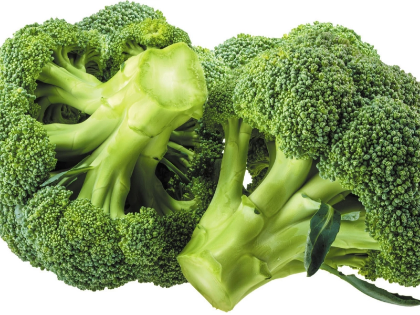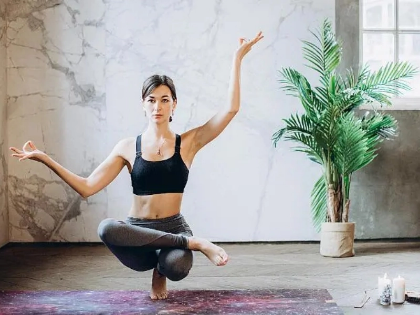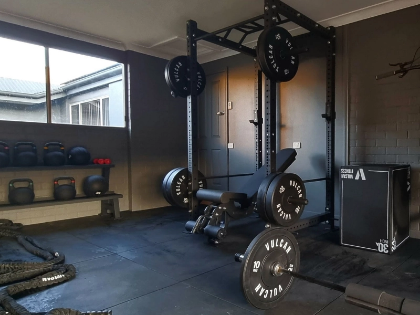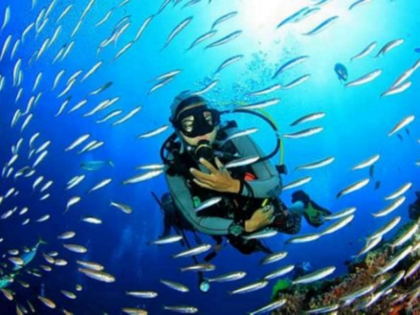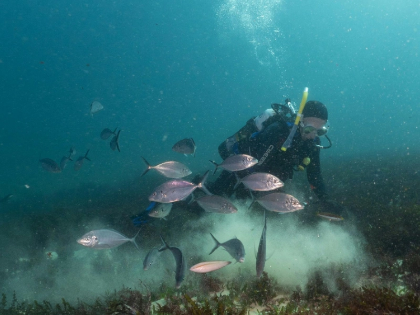Enhancing Dive Air Utilisation Through Breathing Methods
Patience and practice are necessary to reach the ideal diving air consumption. However, the advantages are evident: deeper dives and more comfort underwater. Breathing slowly can have a significant impact, particularly for novice dives. To slow down your breathing, try counting 4 in and 6 out. It may seem paradoxical at first.
1. Take slow breaths.
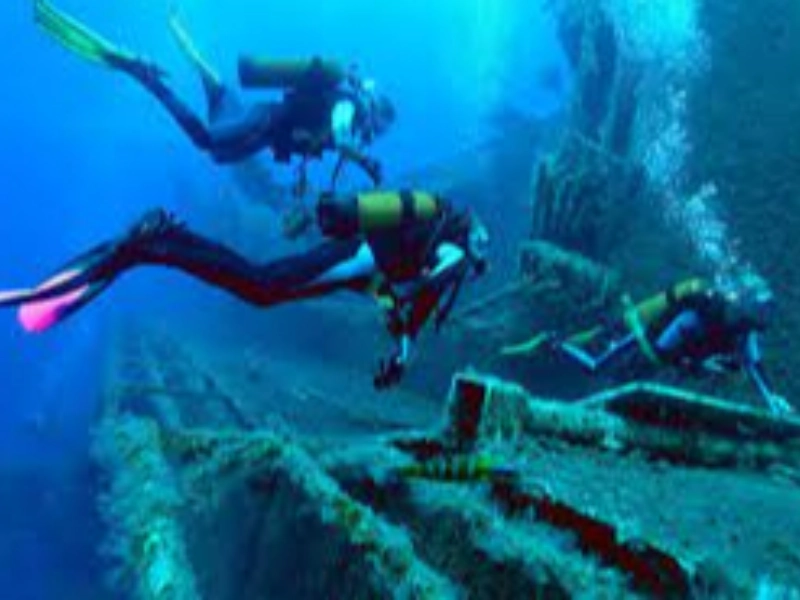
2. Make diaphragmatic breathing practices.
 The majority of divers aren't even conscious of how their breathing affects their dives. A diver who continually flutters their fins or sculls their hands, for instance, will use more air than a diver who stays calm and minimises movement.
The diaphragm needs to be used correctly during breathing in order for oxygenated air to enter the lungs and be effectively evacuated. This breathing technique differs greatly from the haphazard manner in which most people breathe on land and can have a substantial impact on the amount of air you take in during your scuba dives.
You can lie on the ground and place a book on your abdomen to practice diaphragmatic breathing without going underwater. Although it takes some getting accustomed to, this activity is worthwhile. Your dives will get better as you get more accustomed to using this breathing method. After that, you'll be able to depend on your breathing to help you attain neutral buoyancy and glide through the water with ease.
The majority of divers aren't even conscious of how their breathing affects their dives. A diver who continually flutters their fins or sculls their hands, for instance, will use more air than a diver who stays calm and minimises movement.
The diaphragm needs to be used correctly during breathing in order for oxygenated air to enter the lungs and be effectively evacuated. This breathing technique differs greatly from the haphazard manner in which most people breathe on land and can have a substantial impact on the amount of air you take in during your scuba dives.
You can lie on the ground and place a book on your abdomen to practice diaphragmatic breathing without going underwater. Although it takes some getting accustomed to, this activity is worthwhile. Your dives will get better as you get more accustomed to using this breathing method. After that, you'll be able to depend on your breathing to help you attain neutral buoyancy and glide through the water with ease.
3.Steer clear of panic and anxiety.
 Some divers feel uneasy when their gauge begins to decline in air pressure. They might take up more air as a result of this and be more likely to run out of air before reaching the surface.
These emotions can be fatal if neglected; therefore, it's critical to identify them and deal with them. Engaging in mindfulness exercises and concentrating on certain sensory experiences, like the sensation of your hands clasping together, the feel of your dive watch on your palm, or the scent of the water surrounding you, can be beneficial.
Reducing movement underwater is also beneficial. Darting around, fluttering your fins, and continuously changing your buoyancy compensator all take more energy, which causes the tank to empty more quickly. It is useful to play around with your equipment configuration to determine the most efficient and comfortable arrangement that will enable you to travel through the water with the least amount of effort. This can be an excellent technique to lengthen your dives while also improving the efficiency of your air usage.
Some divers feel uneasy when their gauge begins to decline in air pressure. They might take up more air as a result of this and be more likely to run out of air before reaching the surface.
These emotions can be fatal if neglected; therefore, it's critical to identify them and deal with them. Engaging in mindfulness exercises and concentrating on certain sensory experiences, like the sensation of your hands clasping together, the feel of your dive watch on your palm, or the scent of the water surrounding you, can be beneficial.
Reducing movement underwater is also beneficial. Darting around, fluttering your fins, and continuously changing your buoyancy compensator all take more energy, which causes the tank to empty more quickly. It is useful to play around with your equipment configuration to determine the most efficient and comfortable arrangement that will enable you to travel through the water with the least amount of effort. This can be an excellent technique to lengthen your dives while also improving the efficiency of your air usage.
4. Unwind in the water
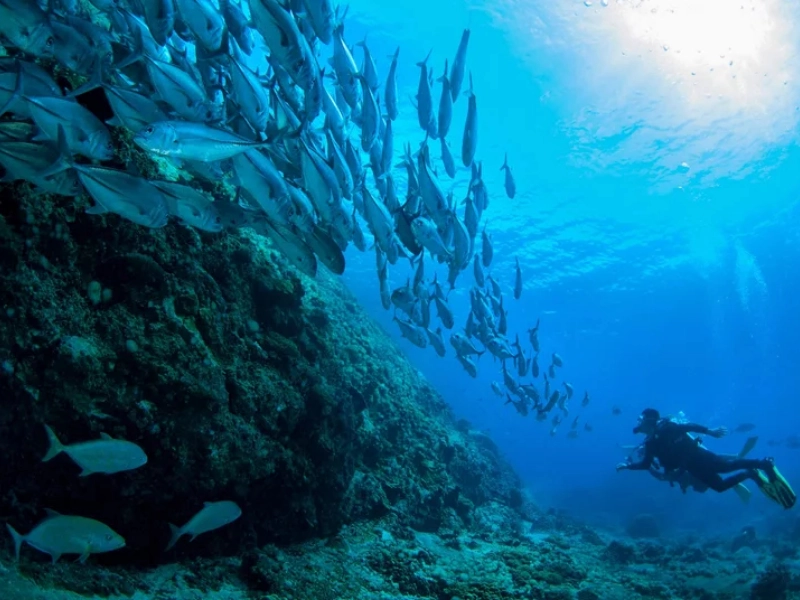 Breathing is a complicated process, and it will hinder your ability to move through the water efficiently if you are not breathing correctly or if your buoyancy control or propulsion are wrong. By mastering these techniques, you'll be able to stay underwater for extended periods of time and save up your air supply for emergencies.
Your use of air will also decrease when you unwind underwater. Your heart rate and blood pressure rise when you're stressed and nervous, which uses up more oxygen. It's ideal to concentrate on maintaining a calm demeanour in the water and to practice breathing gently, deeply, and rhythmically.
To optimise oxygen intake, the 874 breathing technique uses your chest, shoulders, diaphragm, and intercostal muscles. To lessen anxiety and increase your ability to hold your breath, you can also attempt the 4-7-8 breathing technique. Maintaining your hydration will also help you prevent the harmful consequences of carbon dioxide accumulation in your body.
Breathing is a complicated process, and it will hinder your ability to move through the water efficiently if you are not breathing correctly or if your buoyancy control or propulsion are wrong. By mastering these techniques, you'll be able to stay underwater for extended periods of time and save up your air supply for emergencies.
Your use of air will also decrease when you unwind underwater. Your heart rate and blood pressure rise when you're stressed and nervous, which uses up more oxygen. It's ideal to concentrate on maintaining a calm demeanour in the water and to practice breathing gently, deeply, and rhythmically.
To optimise oxygen intake, the 874 breathing technique uses your chest, shoulders, diaphragm, and intercostal muscles. To lessen anxiety and increase your ability to hold your breath, you can also attempt the 4-7-8 breathing technique. Maintaining your hydration will also help you prevent the harmful consequences of carbon dioxide accumulation in your body.

